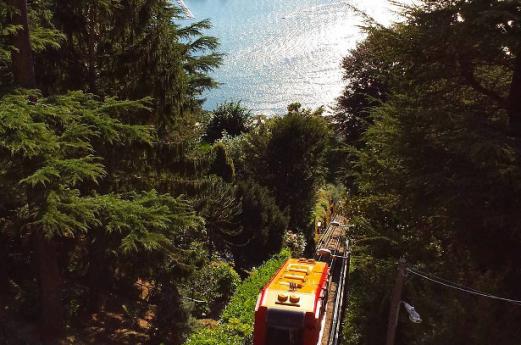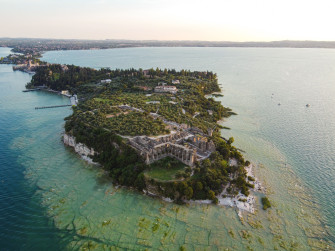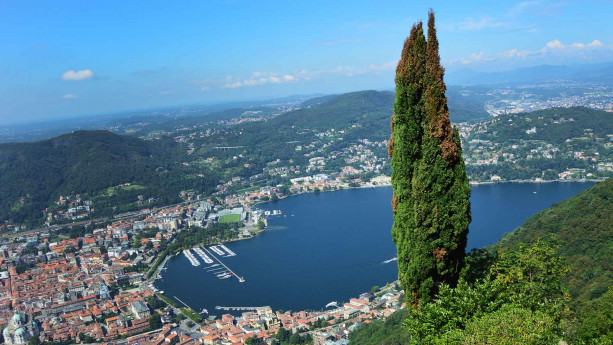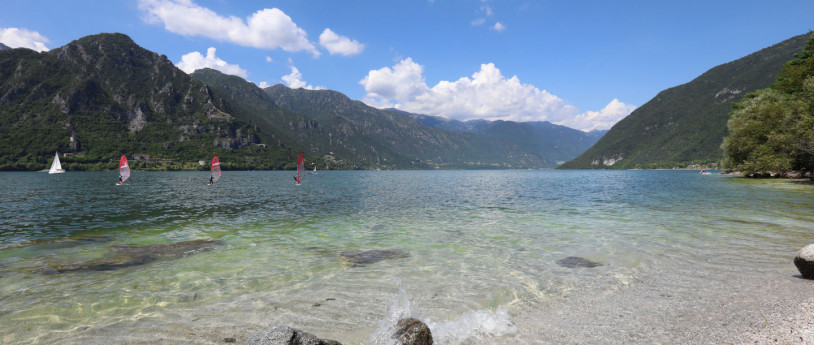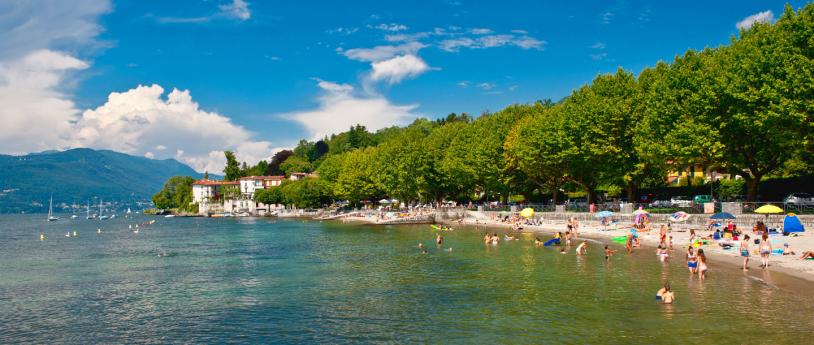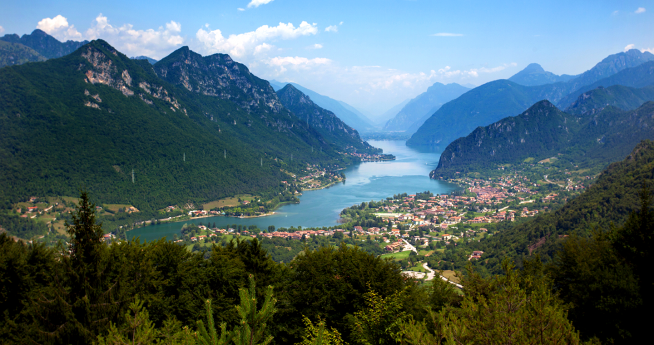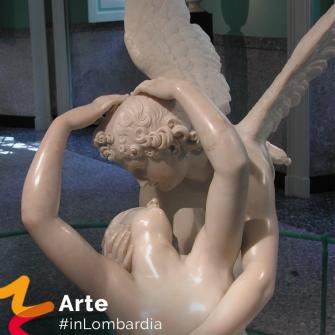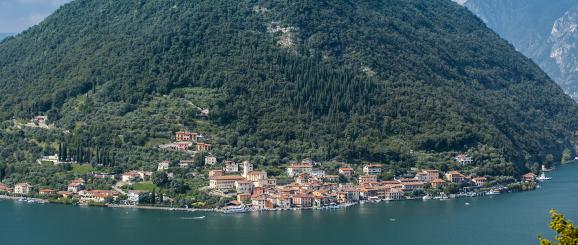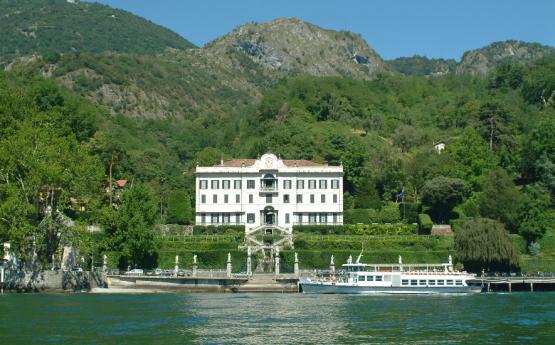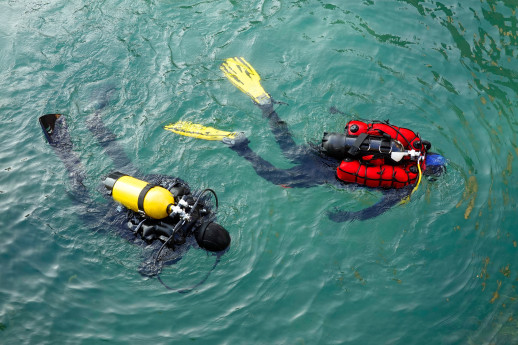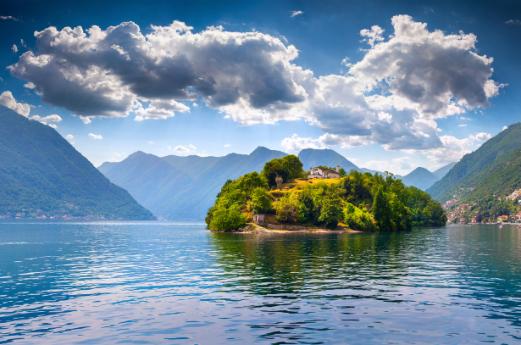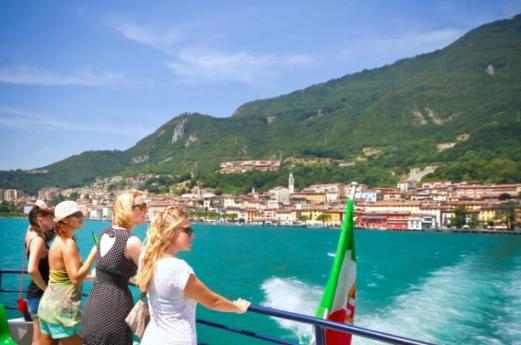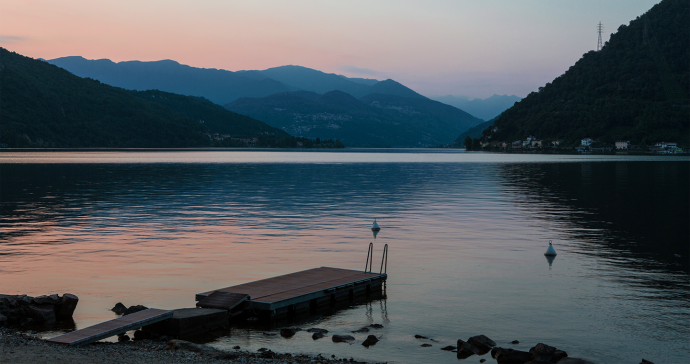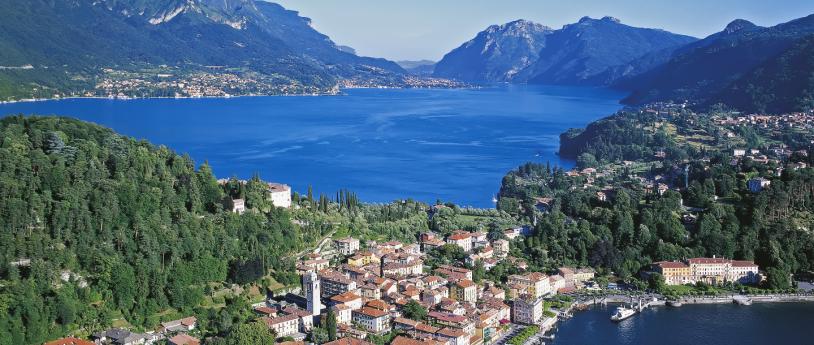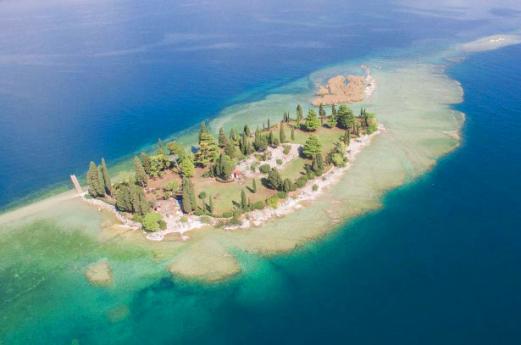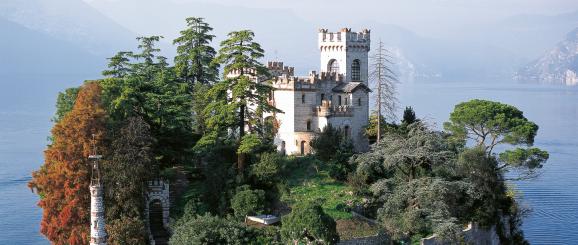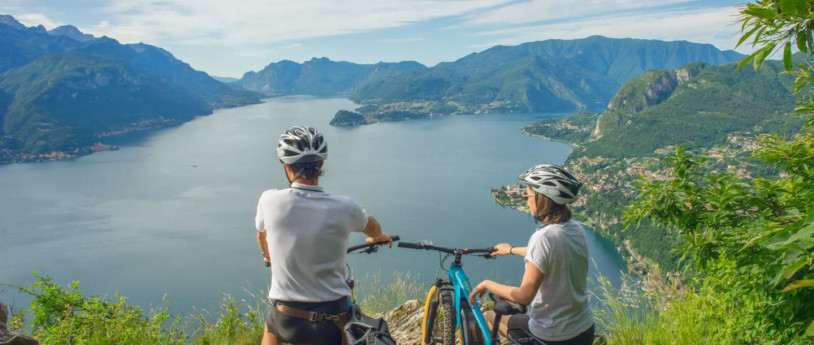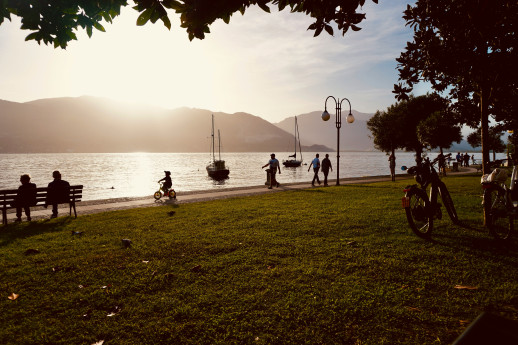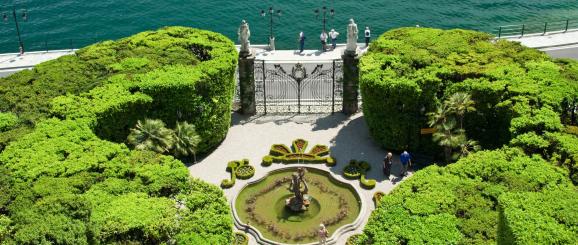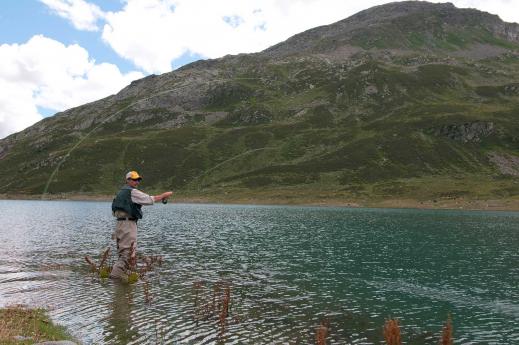- Lakes
Lago Maggiore Artist’s brushstrokes
A sixteenth-century country residence now owned by the Fai (Italian Environmental Fund) in Casalzuigno, Villa Della Porta Bozzolo has seen many changes over the centuries.
Especially interesting are the frescoed rooms with floral decorations covering doors, windows and furniture. Important rooms include the ballroom, the gallery, the two kitchens and the court of honour, their walls frescoed with rococo architecturalstyle
trompe l'oeil. The outbuildings used for agricultural work have also been preserved, where children can learn about tools from yesteryear—the great grape press, the oil mill and the icebox— and visit the areas used for production: the big cellar, stalls, tool store, wash house and spinning mill. Visitors must take a walk around the spectacular long Italian-style garden, which slopes upwards, at its top end offering a wonderful view of Valcuvia and the surrounding hills. For a more mystical experience, there is the Secret Garden, a secluded spot that naturally inspires meditation.
Art and industrial archaeology
The former furnaces in Parco di Caldè park in Castelveccana are evidence of an ancient artisan and industrial economy and are worth a visit. Partially in ruins, the plaster dropping off the walls shows evidence of the passing of time, even if some of these have become works of art thanks to the colours of the murals painted by a group of youngsters who have somehow taken in hand this disused heritage. All around, an as yet unspoilt environment, with views of the lake, tiny sheltered beaches and the mountain
looming in the distance. For those wanting to stretch their legs, a path leads to the small church of Santa Veronica in just a few minutes.
The painters' town
In the fifties, the town of Arcumeggia with the approval of its inhabitants, decided to put
the walls of most of the houses at the disposal of contemporary painters. The operation took almost twenty years and turned this village into a true open-air art gallery, with very technical frescos featuring the widest range of subjects. At the foot of Monte Nudo mountain, Arcumeggia is the starting point for a network of paths that take walkers throughout Valcuvia.
Monastery in the rock
Nestled against the mountain-side, with a sheer drop below to the lake, the Eremo di Santa Caterina del Sasso hermitage can be reached down steep steps from the group of houses above, with a lift dug out of the rock, or via the lake. Tradition has it that this place full of magic was founded in the twelfth century by the merchant Alberto Besozzi di Arolo, who, having survived a shipwreck, had a small church built and dedicated to Saint Catherine of Alexandria, to whom he had prayed in his moment of difficulty. In the centuries that followed, the complex was expanded by the monks who gradually settled here. Today the southern monastery can be visited, together with the small monastery with its seventeenthcentury fresco inspired by the Danse Macabre) and the church. A large number of pictorial cycles inside and outside the church walls cover a period from the fourteenth to the nineteenth century. The view out over the lake is unforgettable.
Flying off the mountain
Hair flying in the wind in the open cabin on the cable car or sheltered in the closed one. In just a quarter of an hour it takes visitors up from Laveno Mombello to Monte Sasso del Ferro mountain, at more than one thousand metres above sea level, looking out over Lake Maggiore and views of the Alps, the Pre-Alps, lakes Lugano and Varese, right across to the Po valley. Some take off from here with hang-gliders, others with paragliders. Expert instructors are on hand so that even complete beginners can enjoy this extraordinary experience.
5 reasons for
1. The International Museum of Ceramic Design, Cerro di Laveno Mombello. Hundreds of pieces of ceramic, from the Società Ceramica Italiana Richard-Ginori collection and donated by Scotti-Meregalli and Franco Revelli, are on show in sixteenth-century Palazzo Perabò. Artistic directors for this collection of ceramic in Laveno include Gio Ponti and Antonia Campi.
2. Church of Santa Maria in Ca’ Deserta, Laveno Mombello. Near to the cemetery, it was donated to the monastery in Cluny in the eleventh century. It has frescoed lunettes on its façade and inside the baroque wooden high altar is worth seeing.
3. Alfredo Binda Museum, Cittiglio. From his jerseys to the equipment he used, this museum dedicated to Binda by his home town also has the Legnano bikes from the 1930 and 1932 World Championships on show, together with documents and articles from newspapers at the time.
4. “Linea Cadorna” Document Centre, Cassano Valcuvia. Audio-visual and iconographic
material, interactive points and documents tell the history of the Northern Frontier defence line, namely the system of fortifications built along the Italian-Swiss border between 1915 and 1918. Visitors can walk in the trenches and tunnels cut out of the rock, from Ridotto di S. Giuseppe to Cassano Valcuvia.
5. Beach in Cerro. Going from the centre out towards the main church brings you to a small bay where there are also rocks.
